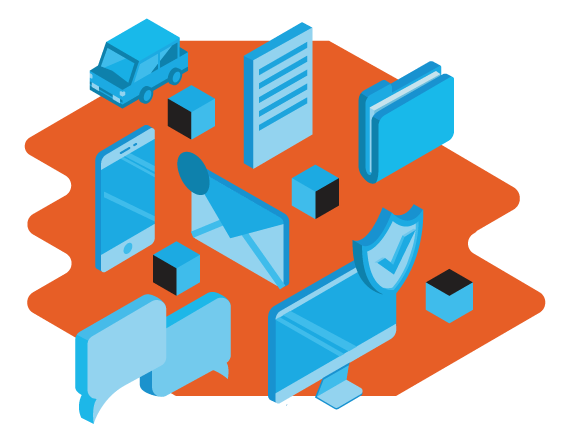
INSURANCE NERDS
BLOG
Diabetes Awareness & Prevention Tips
Did you know that the risk of a shark attack is 1 in 11.5 million people, whereas the risk of pre-diabetes is 1 in 3 adults!?
37.3 million people have diabetes — that’s 11.3% of the U.S. population. Around 283,000 Americans under 20yrs old have been diagnosed with diabetes, and in 2019 alone, diabetes was the cause of death in over 282,801 people. With these shocking numbers, it is time to work together for a better, healthier future!
What is Diabetes?
According to the Mayo Clinic, diabetes is “a group of diseases that affect how your body uses blood sugar (glucose). Glucose is vital to your health because it’s an important energy source for the cells that make up your muscles and tissues. It’s also your brain’s main source of fuel.”
The chances are that if you have diabetes, your body doesn’t make enough insulin or doesn’t use the insulin well enough. Most of the food we eat is broken down into glucose (sugar) and goes into our bloodstream. It then signals the pancreas to release insulin that lets blood sugar be used as energy. Too much sugar in your blood can cause vision loss, kidney issues, and heart disease.
Causes & symptoms of diabetes
Each type of diabetes is different and caused by diverse factors.
1. Type 1 Diabetes:
You might not have diabetes yet, but your average blood sugar levels might be slightly higher. You might be at risk if you are overweight, 45yrs or older, have certain genetics, and sedentary. However, it is not impossible to regress it and prevent Type 2.
- Symptoms include: Prediabetes shares the same symptoms as Type 1 & 2; however, your skin can darken around the knees, elbow, and knuckles as well.
2. Type 1 Diabetes:
This happens when your immune system attacks the insulin-producing beta cells in the pancreas.
- Symptoms include: Increased thirst & urination, hunger, fatigue, weight loss, breath smells fruity, stomach pain, and trouble paying attention or breathing.
3. Type 2 Diabetes:
One of the most common types. You can develop Type 2 by being overweight, being physically inactive, and having insulin resistance. Your genes can also be a factor.
- Symptoms include: These are the same as Type 1 with the inclusion of slow healing sores, frequent infections, numbness or tingling in hands or feet, and/or darkened skin around the neck and armpits.
4. Gestational Diabetes:
This type of diabetes develops during pregnancy due to massive hormonal and lifestyle changes. The hormones produced by the placenta contribute to insulin resistance which can happen when the pancreas doesn’t make enough of it.
- Symptoms include: While some symptoms include the same listed for Type 1 and 2, you can also experience nausea/vomiting, blurred vision, and yeast infections.
Diabetes Prevention Tips:
- Choosing healthy foods like plants & healthy fats.
- Maintain a healthy weight.
- Get regular exercise & physical activity.
- Avoid sugary foods & drinks.
- Don’t smoke.
- Find more resources.
Treatment Options
Mayo Clinic states that “Treatment for type 1 diabetes involves insulin injections or the use of an insulin pump, frequent blood sugar checks, and carbohydrate counting. Treatment of type 2 diabetes primarily involves lifestyle changes, monitoring of your blood sugar, along with diabetes medications, insulin, or both.”
When to see your doctor
The American Diabetes Association recommends routine screening with diagnostic tests for type 2 diabetes for all adults age 45 or older and for the following groups:
- People younger than 45 who are overweight or obese and have one or more risk factors associated with diabetes.
- Women who have had gestational diabetes.
- People who have been diagnosed with prediabetes.
- Children who are overweight or obese and who have a family history of type 2 diabetes or other risk factors.
- Share your concerns about diabetes prevention with your doctor. He or she will appreciate your efforts to prevent diabetes and may offer additional suggestions based on your medical history or other factors.
